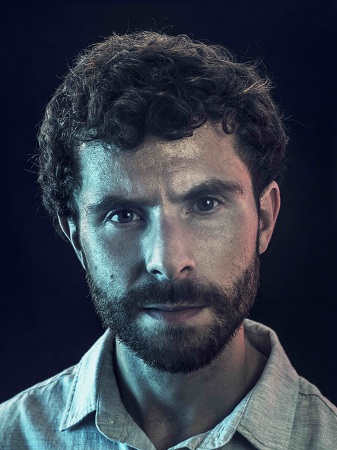 United States Aucoin, Ives, Wollschleger, Honstein: American Modern Opera Company, The Milton Resnick and Pat Passlof Foundation, New York City, 11.1.2020. (DS)
United States Aucoin, Ives, Wollschleger, Honstein: American Modern Opera Company, The Milton Resnick and Pat Passlof Foundation, New York City, 11.1.2020. (DS)

Matthew Aucoin (arr. Emi Ferguson) – Three Etudes
Ives – Trio for Violin, Cello, and Piano S.86
Scott Wollschleger – Secret Machines, Nos.1 and 2
Robert Honstein – Unwind
Emi Ferguson – flute
Miranda Cuckson – violin
Coleman Itzkoff – cello
Jonny Allen – percussion
Conor Hanick – piano
The length of a concert is not a measure of its success. The ensemble members of American Modern Opera Company (AMOC) certainly knew this when they planned an hour with four delectable works by American composers—three still living, one long gone.
For the venue, AMOC chose the Milton Resnick and Pat Passlof Foundation, a gallery space on Manhattan’s Lower East Side, with large abstract paintings on view. The event felt reminiscent of decades-old, bygone days of American avant-garde collaborations that once fluidly crossed visual and musical boundaries.
AMOC curated the evening around Charles Ives’ Trio for Violin, Cello, and Piano. Written to depict his time at Yale, it can truly be described as fun to listen to. Even with the complex dissonance and (still) groundbreaking contrapuntal textures Ives is known for, the trio glowingly evokes a tapestry of American settings, activities, and cultural habits. Violinist Miranda Cuckson stood out for her versatility and firm authority. In addition to an intuitive approach to beauty, Cuckson also interprets works from the last hundred years with a depth of knowledge that comes from expertise and guru-like mastery.
Emi Ferguson, AMOC’s flutist, arranged Three Etudes by Matthew Aucoin (a 2018 MacArthur Fellow and AMOC’s artistic director) for an ensemble of piano, vibraphone, and flute. Pianist Conor Hanick skilfully drove the work’s momentum and power to create a landscape easily followed by any listener—experienced and novice alike.
Scott Wollschleger’s Secret Machines was comprised of mostly atmospheric and sparsely rhythmic activity, except for a rousing flute part for Ferguson. With warrior-like fervor, she unleashed an invigorating style that abolished anyone’s notion of the instrument as light and airy.
The most recent composition was Robert Honstein’s Unwind, requiring all five members of the ensemble: violin, cello, flute, piano, and percussion, piano. Based upon systems of chance, with input from players, it emitted a quality of conversation and improvisation between the instruments.
AMOC usually presents staged operatic or theatrical collaborations. However, they should play as a chamber ensemble on their own more often. Otherwise, audiences are sorely missing what these artists offer to the city’s vibrant new music scene.
Daniele Sahr